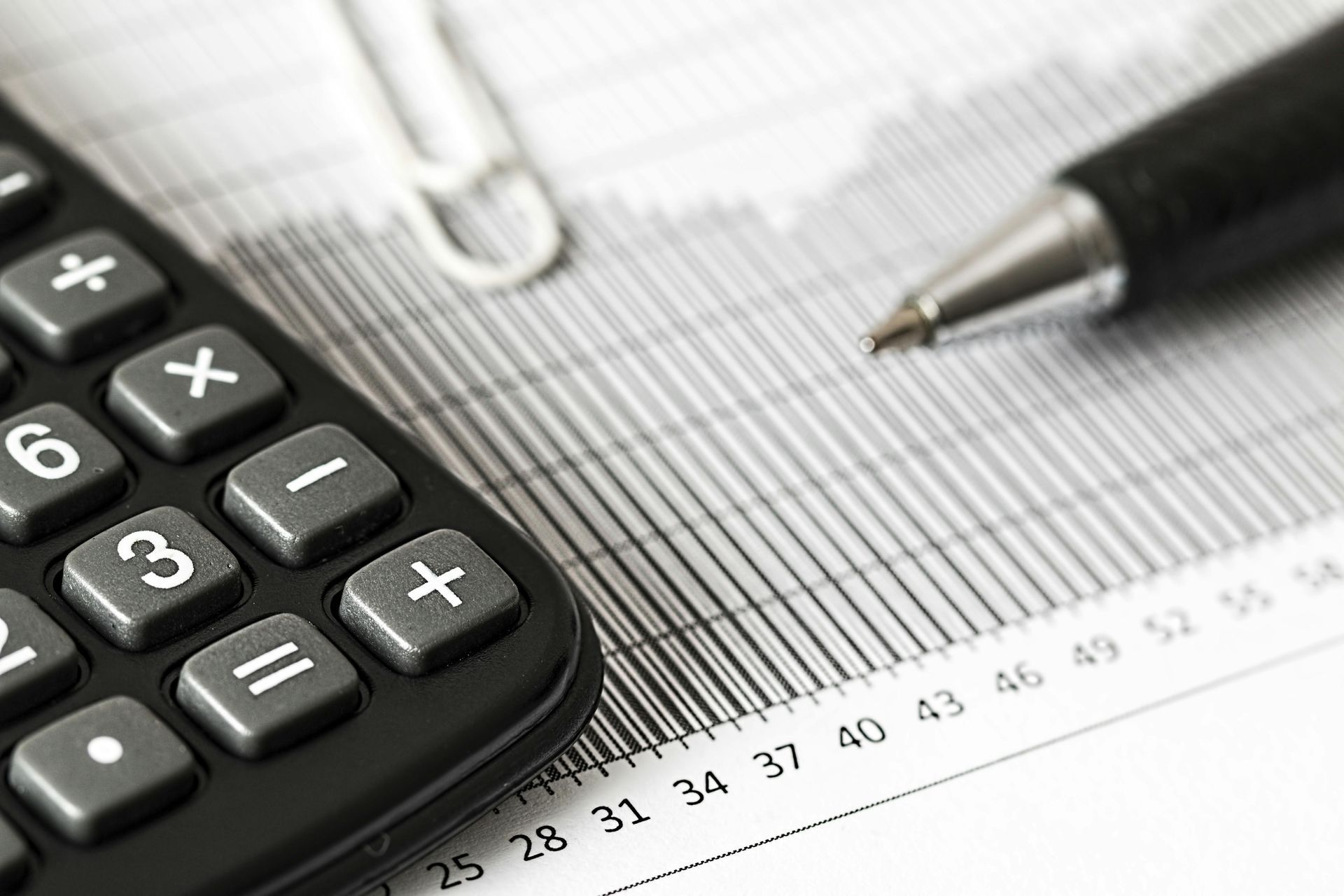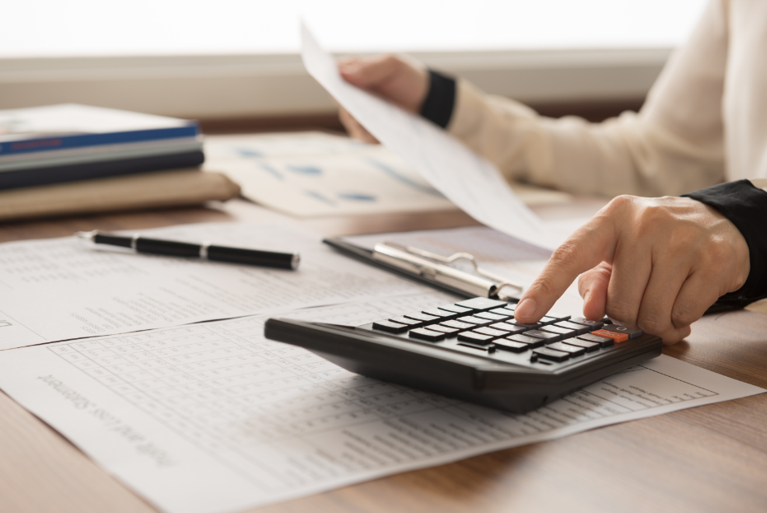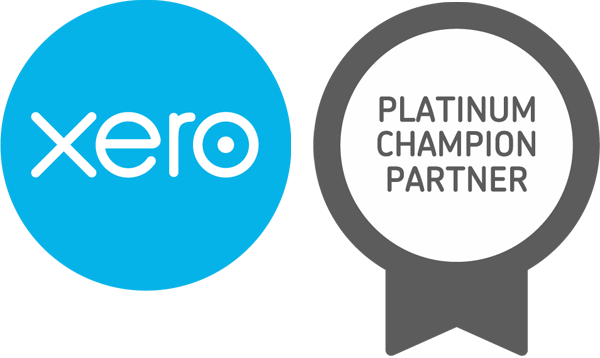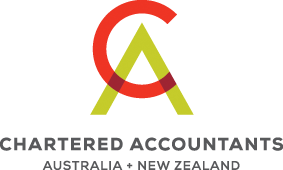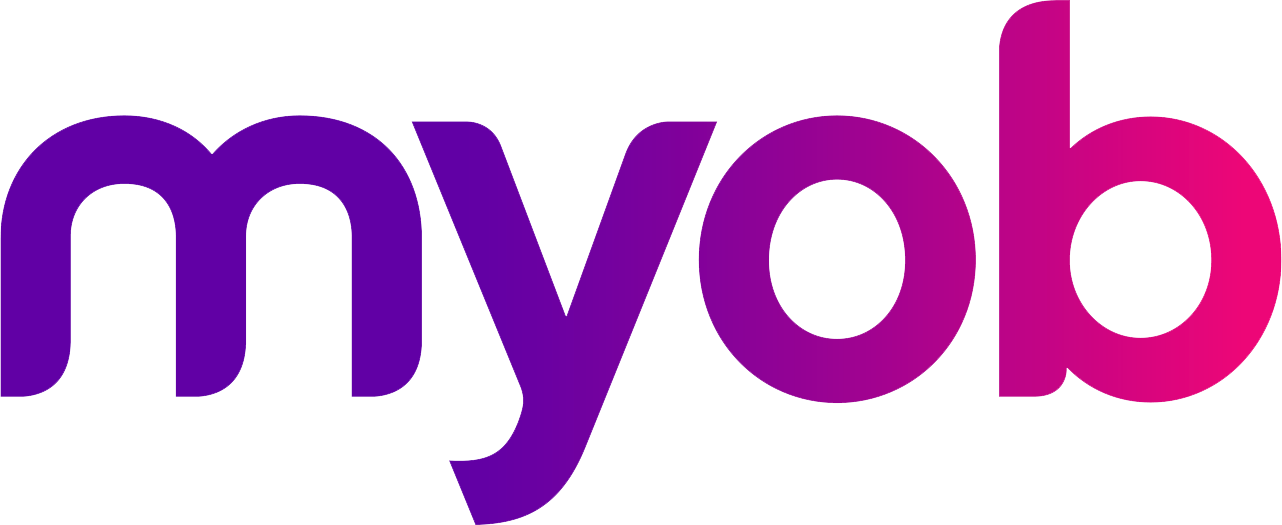RECOVERING FROM A NATURAL DISASTER: WHAT YOU NEED TO KNOW ABOUT TAX
As many of us in the local Grampians region and across Australia have faced another challenging summer, the impact of fires, unpredictable weather, and natural disasters has been deeply felt. From devastating bushfires in our own backyard to floods in other areas of the country, these events can turn lives and communities upside down. Being prepared for the unexpected has never been more important. While you’re focused on rebuilding and recovery, tax may be the last thing on your mind, but understanding the implications of assistance payments and insurance payouts can help you make informed decisions.
For financial support for the recent Western Victoria Bushfires or Queensland floods, see Services Australia website for information on the Disaster Recovery Allowance. Those affected have 6 months to make a claim and need to meet eligibility criteria, available at https://www.servicesaustralia.gov.au/who-can-get-bushfires-western-vic-dec-2024-disaster-recovery-allowance?context=80302
When you receive an insurance payout after a disaster, whether it's taxable depends on the type of asset involved:
- Business assets: For business owners, insurance payouts for damaged or destroyed business assets (like equipment or inventory) are usually taxable and need to be reported as income.
- Personal assets: Payouts for personal items like household goods, furniture and private vehicles are generally not taxable.
- Rental properties and income-producing assets: If the insurance payout relates to a property used to produce income, it may have tax implications. For instance, if part of your home was used for a business, such as a home office, the insurance payout might affect your capital gains tax (CGT) calculations.
- Your home: If the insurance payout is for your main residence, it's generally not taxable.
If you're planning to repair or rebuild your home, or if you decide to sell your property after a disaster, here’s what you need to know:
- Main residence CGT exemption: If you rebuild your home, move back in as soon as practicable and live there for at least three months before selling, the property can remain exempt from CGT. This exemption also applies if you sell the land without rebuilding, provided the destroyed property was your main residence before the disaster.
- Engaging contractors: It's important to ensure that any builders or contractors you hire are licensed and genuine. Check their Australian Business Number (ABN) and request written quotes and contracts to protect your rights.
Reminder: it’s important to check with Services Australia or a tax professional to understand how any assistance payments you receive may impact your financial situation. Staying informed about tax implications can help you navigate the recovery process with confidence and ensure you meet any reporting obligations.
And remember, we are here to help! Call us on
03 5571 0111 if you need assistance.
